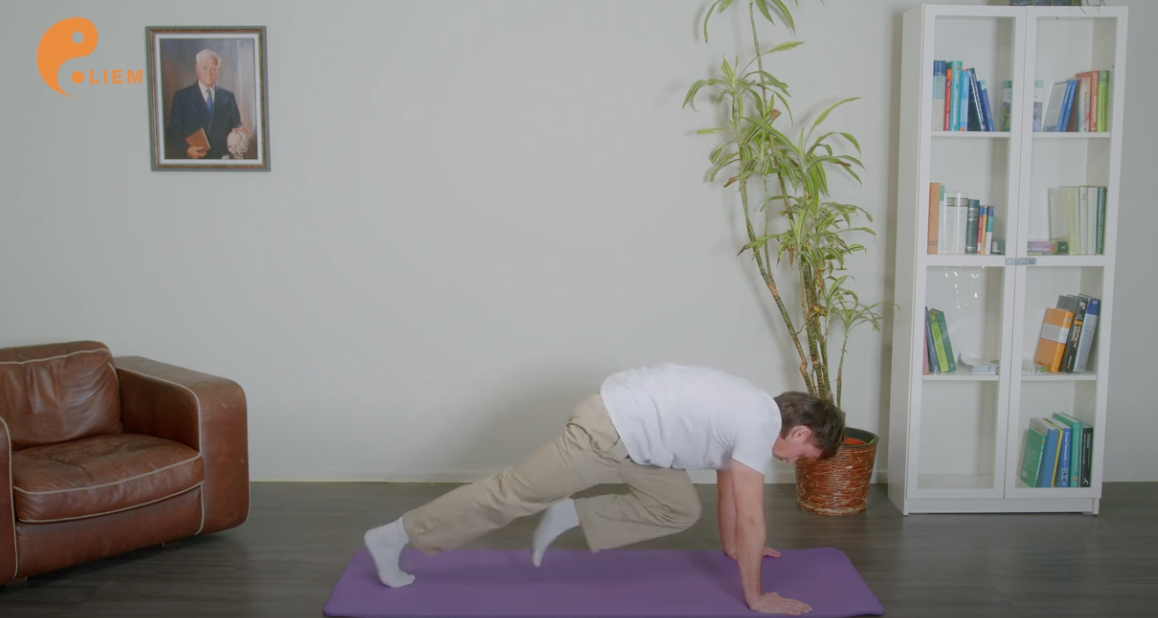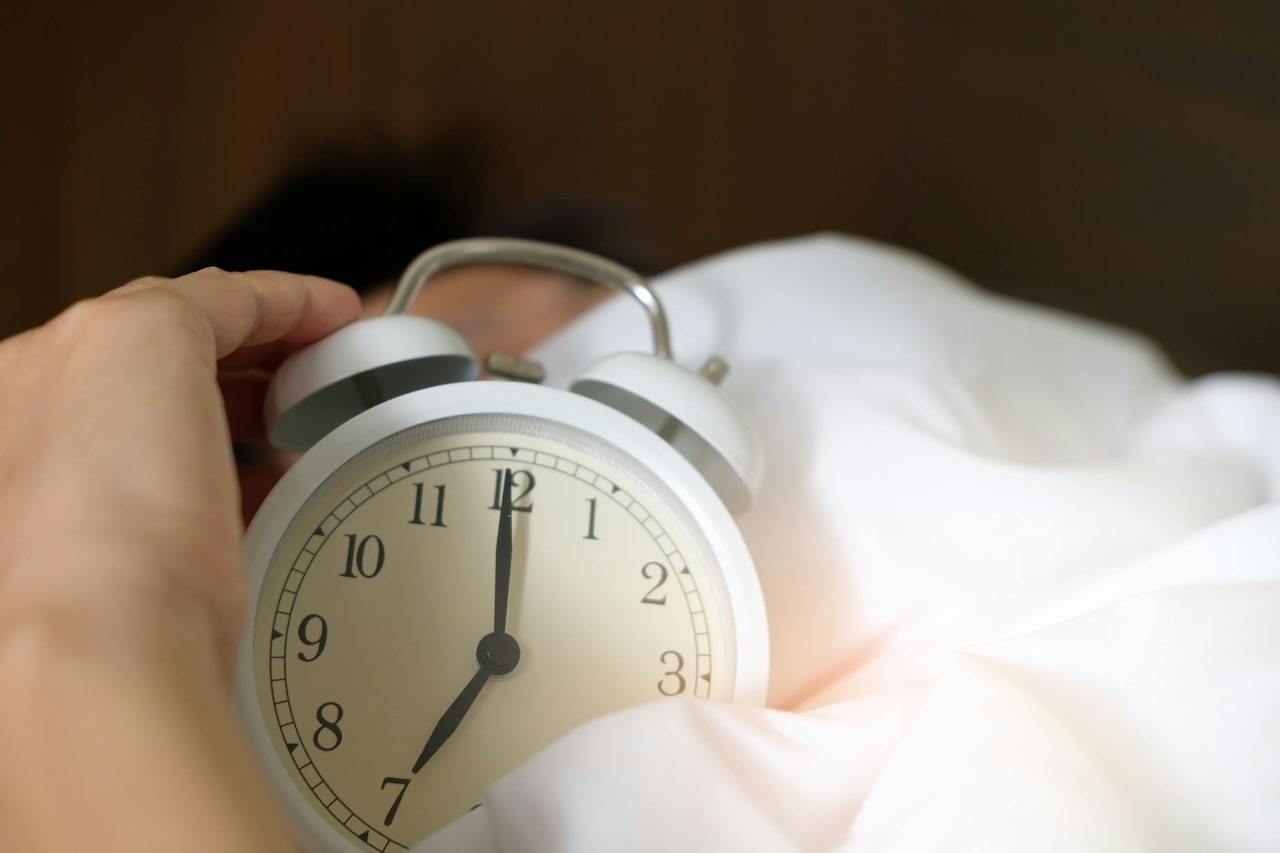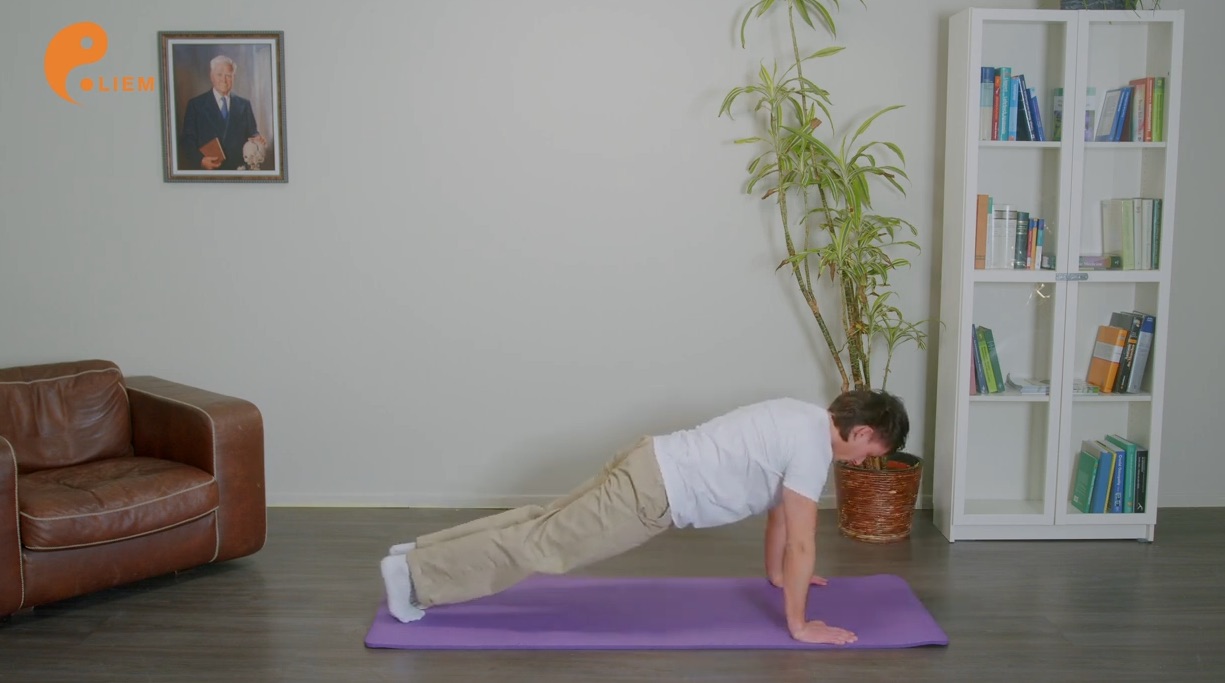Anuloma viloma or alternate nostril breathing is the most commonly used exercise of pranayama (control of vital energy through breathing exercises).
Anuloma viloma modulates cardiovascular control and brain activity, leading to an alert and focused state. It shows an increase in the power of alpha, beta and gamma waves and an increase in heart rate variability (Malhotra et al. 2022).
Anuloma viloma (alternate breathing) - An exercise to harmonise and calm:
Execution: Anuloma viloma (alternate breathing)
Hold the right nostril closed with the thumb of the right hand.
Stand up straight, feet about shoulder-width Inhale through the left nostril, for 5-10 counts.
Stand up straight, hold the left nostril closed with the ring finger and little finger of the right hand.
Exhale through the right nostril for 5-10 counts.
Inhale through the right nostril (ring finger and little finger continue to hold the left nostril closed).
Hold the right nostril closed with the thumb of the right hand.
Exhale through the left nostril.
Repeat this cycle for 5-10 minutes.
After some practice, you can also try to lengthen the exhalation, e.g. inhale for 5 counts and exhale for 10 counts. Pay particular attention to a relaxed mouth, jaw, eye and abdominal region.
Important: Inhalation and exhalation should be perceived as very pleasant. There should never be a feeling of breathlessness. The inhalation and exhalation time should be the same and can be shortened or lengthened according to one's own capacity.
Malhotra V, Deep A, Javed D, Singh R, Wakode S, Bhagat OL, Porter PK. Slow Frequency Anuloma Viloma Pranayama Modulates Cardiac and Neural Oscillations in Yoga Practitioners. Mymensingh Med J. 2022 Jul;31(3):851-860.
Order the Osteopathy Self-Help Book directly from Amazon
The latest book by Torsten Liem. The author is known and appreciated for his well-founded specialist books; he has also had osteopathy guidebooks/non-fiction books on the market for more than 20 years.




